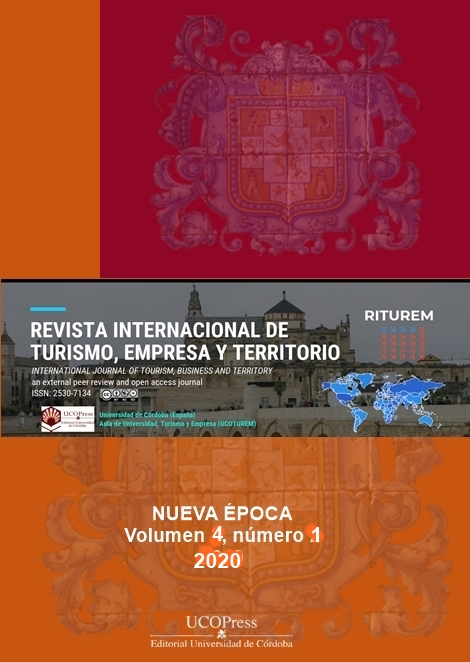Study of losses and reactivation strategies for the tourism sector due to health crisis COVID-19, in the destination Manta-Ecuador.
Main Article Content
Abstract
Tourism faces one of its greatest crises of all time (COVID-19), this difficult situation of survival that companies and tourist destinations are going through must be solved through tourism diagnostic studies that contribute to decision-making. This research aims to contribute in a practical way with a diagnostic methodology, which allows identifying the problems that affect the business sector. A questionnaire is used for data collection, shared online via Google forms, which establishes as its main objective the need to collect the impressions of the tourist entrepreneurs of the Manta-Ecuador canton, taking into account their projections in various areas such as: economic losses, job stability, search for incentives and possible reactivation strategies. The questionnaire was answered by 272 managers of tourist establishments, which represent 48% of the total tourist plant registered in the cadastre; the information was processed in the statistical program SPSS version 23. The results show loss of income due to non-invoicing and totals, and inability to settle expenses, likewise, the main reactivation strategies are foreseen, the lowering of service fees, promotion in social networks and the migration of companies to models. on line.
Downloads
Article Details
Copyright Notices Proposed by Creative Commons
Proposed policy for journals offering deferred open access
Those authors who have publications with this journal, accept the following terms:
1. The authors will retain their copyright and guarantee to the journal the right of first publication of their work, which will be simultaneously subject to the Creative Commons Recognition License CC BY-NC 4.0 (Creative Commons — Attribution-NonCommercial 4.0 International — CC BY-NC 4.0 ) hird parties to share the work provided that its author and its first publication is indicated this journal and no commercial use is made.
2. Authors may adopt other non-exclusive licensing agreements for the distribution of the published version of the work (e.g., deposit it in an institutional telematics file or publish it in a monographic volume) provided that the initial publication is indicated in this journal.
3. Authors are allowed and recommended to disseminate their work over the Internet (e.g. in institutional telematics files or on their website) before and during the submission process, which can produce interesting exchanges and increase citations of the published work. (See The effect of open access: http://opcit.eprints.org/oacitation-biblio.html.
